01 Jun 5 Fan Facts About the Fiber Optic Cables

Fiber optic cables are a type of cable that use glass or plastic fibers to transmit data. Here are some interesting facts about fiber optic cables:
Speed: Fiber optic cables are capable of transmitting data at much faster speeds than traditional copper cables. This makes them ideal for high-bandwidth applications such as video streaming and online gaming.
Distance: Fiber optic cables can transmit data over much longer distances than traditional copper cables. This makes them ideal for use in long-distance communication applications, such as undersea cable systems.
Bandwidth: Fiber optic cables have a much higher bandwidth than traditional copper cables, which makes them capable of transmitting more data at once. This is what makes them ideal for high-speed internet and data transfer.
Immunity to EMI: Fiber optic cables are immune to electromagnetic interference (EMI) which makes them ideal for use in environments with high levels of EMI such as industrial plants, power stations, and other facilities.
Security: Fiber optic cables are harder to tap into or intercept than traditional copper cables, which makes them more secure. This makes them ideal for use in applications where data security is a concern, such as government and military communications.
Cost: The cost of fiber optic cables has been significantly reduced over the years, making them more accessible to a wider range of customers.
Versatility: Fiber optic cables can be used in a variety of applications, including telecommunications, internet service providers, data centers, medical equipment, and industrial automation.
Overall, fiber optic cables are a versatile and efficient technology that have many benefits over traditional copper cables. They are more durable, faster, and can transmit data over longer distances. Additionally, they are more secure, environmentally friendly and cost-effective.
We are just starting. Below are 5 less known fan facts about the fiber optic cables
1 – Fiber optics has longer history than you think
fan facts about the fiber optic cables
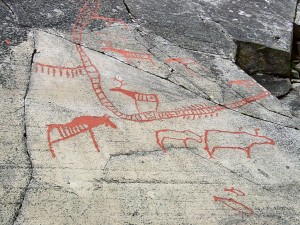
Though fiber cabling debuted in the 1950s, the technology for fiber optics dates back long before the 20th century. As far back as the Roman Empire, glass has been drawn into fibers. The first optical telex was invented by the French brothers Chappe in the 1790’s. In the 1840s two physicists demonstrated that light could be bent by jets of water in fountain displays. Date In 1854 a British physicist used a stream of water to prove that light could be bent. After that Alexander Graham Bell invented a photophone fiber optical telephone device in 1880.
2. Fiber cables are not fragile as much as you think.
fan facts about the fiber optic cables
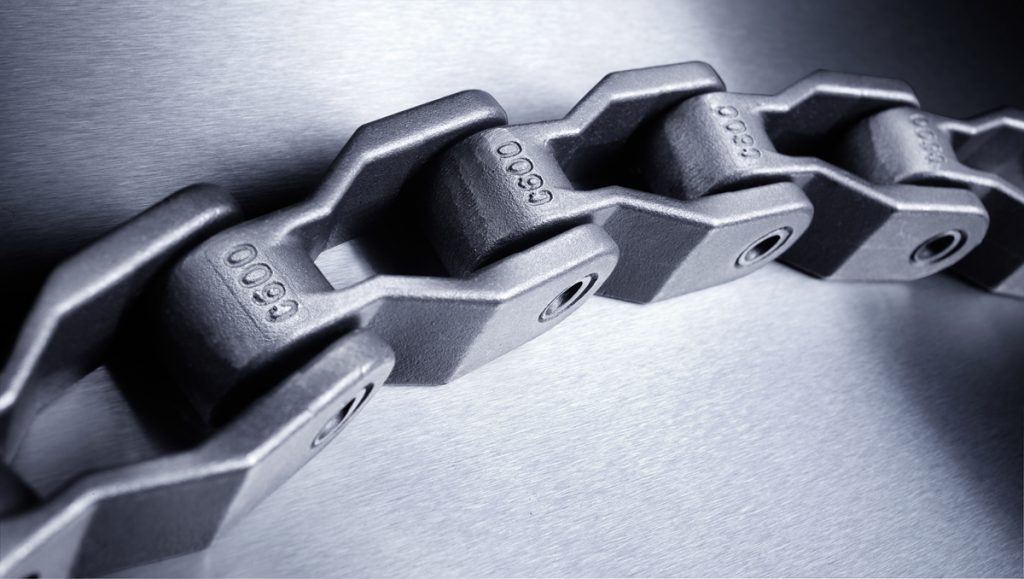
Fiber optic cables are made of glass or plastic, which makes them much more durable than traditional copper cables. They are resistant to corrosion, water damage, and temperature changes, which makes them ideal for use in harsh environments.
Some aspects of working with glass fibre do require more care, but fiber optic cables are designed to withstand some of the most rugged installations. In fact, the military often depends on fiber cable to keep communication open in the toughest conditions. For a quick comparison, fiber optic cable can be rated to withstand more than 200 pounds of pulling tension (depending on construction); while Category rated Ethernet cables are limited to approximately 25 pounds (per TIA/EIA-568A standards).
3. THEY support wireless networks too
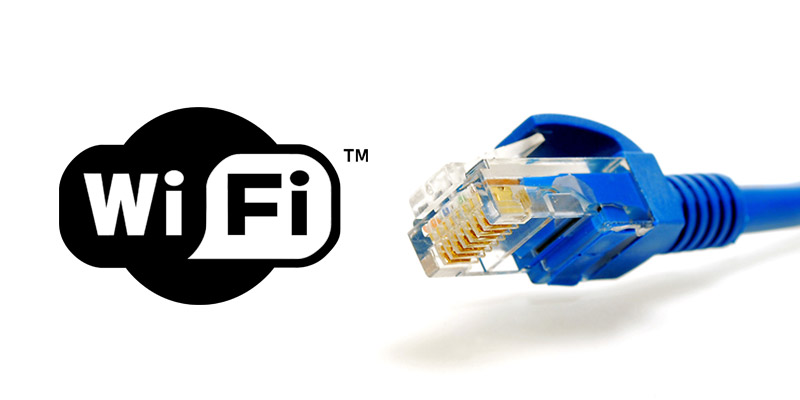
Telecommunications companies rely heavily on Optics to carry wireless phone and data signals from towers back to the central network. Fiber is their top choice because of its great bandwidth, low attenuation and extreme distance capabilities.
4. a green technology.

Environmentally friendly: Fiber optic cables have a smaller environmental footprint than traditional copper cables, as they are made of glass or plastic and are more energy-efficient.
We can all do our part and fiber optic cables are no different. The amount of energy it takes to send a flash of light across a fiber optic cable is significantly less than that required to send electrical signals. Less energy means less carbon output, lower emissions and greener operations.
5. Fiber cabling is not a one-trick-pony.
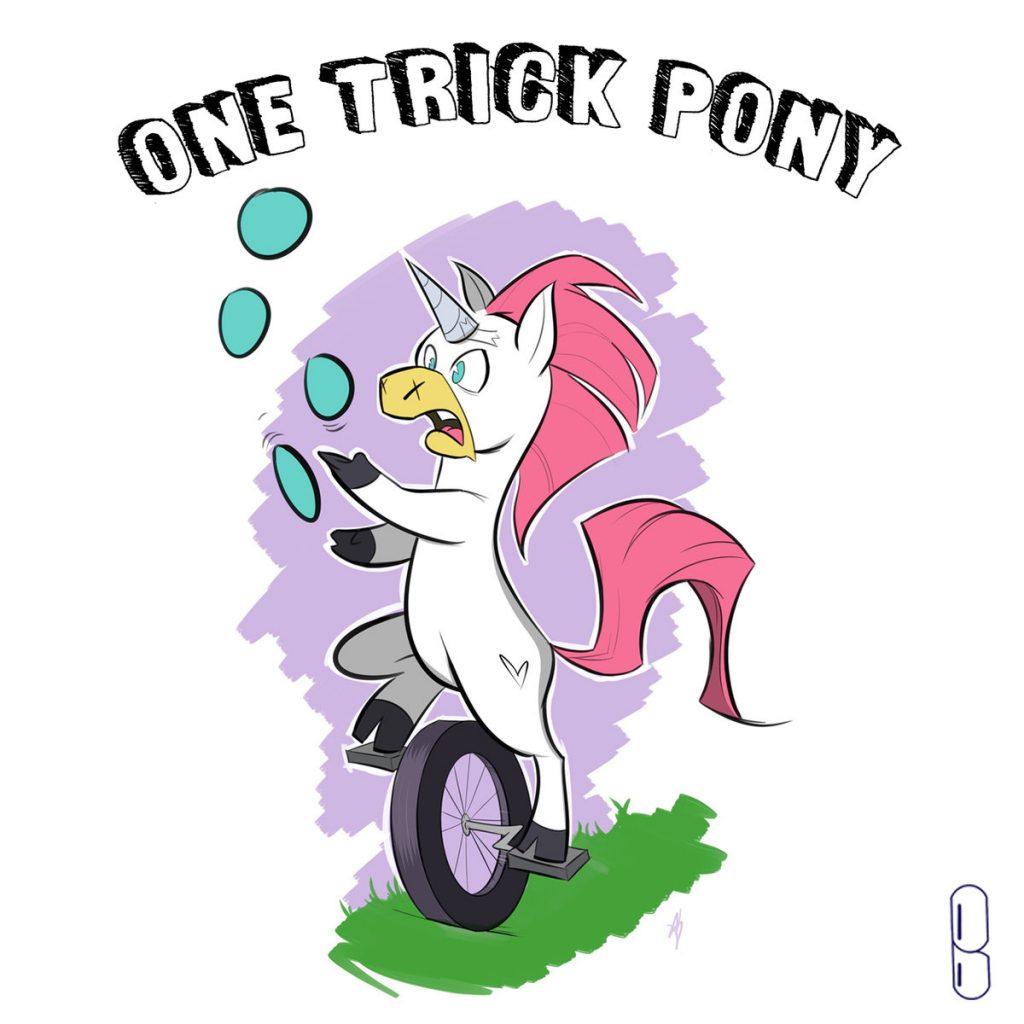
They are not limited to voice, video and data transmission. They are now used in many areas including:
·Hydrophones (Seismic & SONAR)
Imaging optics
Digital Signage
Spectroscopy – the study of the interaction between matter and electromagnetic radiation
Conclusion

If you are looking to get into a serious high speed internet package that will be able to deliver the best gaming, streaming, and surfing experience possible, look into what an upgrade to fiber cables can do for you. Especially if you live in a very technologically savvy home with a lot of people sharing the signal.
Advancements in Fiber Optic Technology: Improving Bandwidth and Transmission Rates
Fiber optic technology has revolutionized the way we communicate, providing faster and more reliable data transmission over long distances. The use of fiber optic cables has become increasingly popula…
No comment 0 LikesOptical Fiber
What is optical fiber? We are used to the concept of moving knowledge in numerous ways. A wire cable transports the sounds from our speech into a socket on the wall and is borne by another cabl…
No comment 8 LikesFTTH installation Technologies
FTTH installation technologies Table of Contents Innovative approach to FTTH installation Technologies…1 Infrastructure Sharing…2 Duct sharing in France…2.1 Sewer pipes…2.2 Cle…
No comment 1 LikeWhat is MPO Cable
What is MPO Cable? Executive summary Push On (MPO) Multi-fiber Connectors – Fiber connectors consisting of several optical fibers are multi-fiber push on connectors, or MPOs for short. While des…
No comment 1 LikeIP55 Outdoor Cabinet
We found out that there is no enough information about 19” IP55 Outdoor Cabinet and thus we will investigate it. If you are reading this article, then you are probably planning to make a procurement s…
No comment 2 LikesWhat is Fiber Optic Cable
What is Fiber Optic Cable? A fiber optic cable, also known as an optical fiber cable, is an assembly similar to an electrical cable, but containing one or more optical fibers that are used to c…
No comment 2 Likes19″ Rack Cabinet
What is a 19” Free Standing Rack Cabinet? 19” free standing rack cabinets provide a robust, cost-effective enclosure solution. PDU mounting or connectivity on both the front and rear of the cabinet. T…
No comment 0 LikesHow Much Does Fiber Optic Cabling Installation Cost?
On average, fiber optic cable installation costs $1 to $6 per 30cm depending on the fiber count. It’s very difficult to estimate an exact price for an entire building to be wired, however an exa…
No comment 4 LikesConstruction Products Regulation (CPR) for Cables
CPR for cables (Construction Products Regulation) for cables became a legal requirement in July 2017. CPR for fiber optic cables is having an intended use for permanent installation in buildings and c…
No comment 0 Likes5 Fan Facts About the Fiber Optic Cables
Fiber optic cables are a type of cable that use glass or plastic fibers to transmit data. Here are some interesting facts about fiber optic cables: Speed: Fiber optic cables are capable of transmittin…
No comment 4 Likes




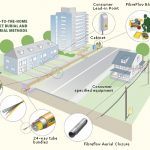

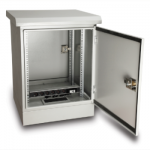

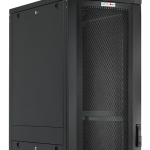


No Comments